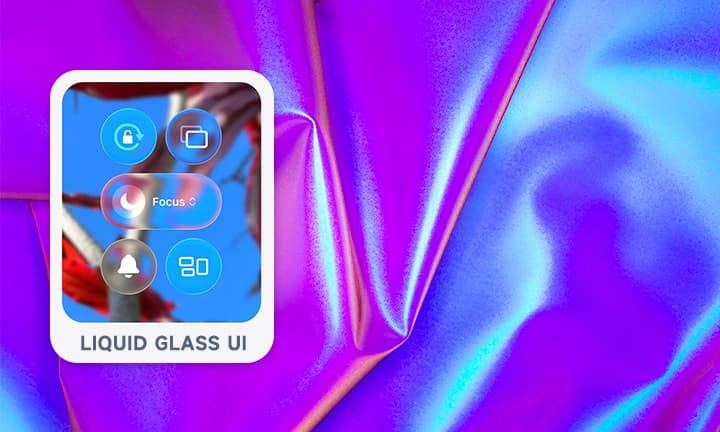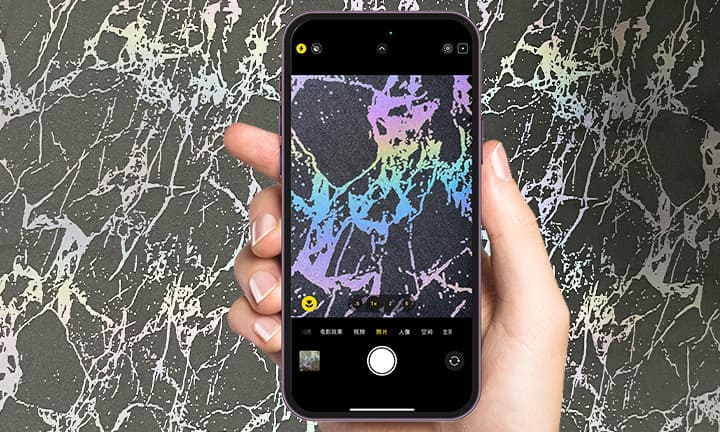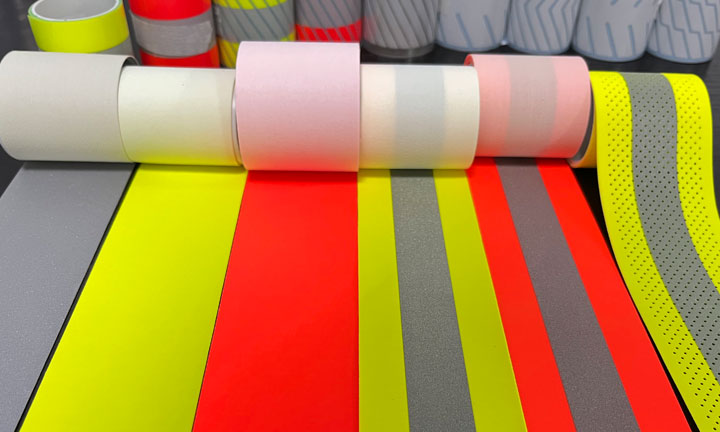How to Prevent Reflective Material Surface Contamination: Causes and Solutions
"Reflective materials, such as glass beads and retro-reflective materials, are widely used in road traffic safety facilities, as well as in clothing, shoes, bags, accessories, gloves, and outdoor products. With the evolution of modern road infrastructure, there has been a rise in the number of individuals engaged in road-related tasks and activities. Additionally, with rapid urban development, more people are going outdoors at night, engaging in exercise and social activities in public spaces like city streets and squares."
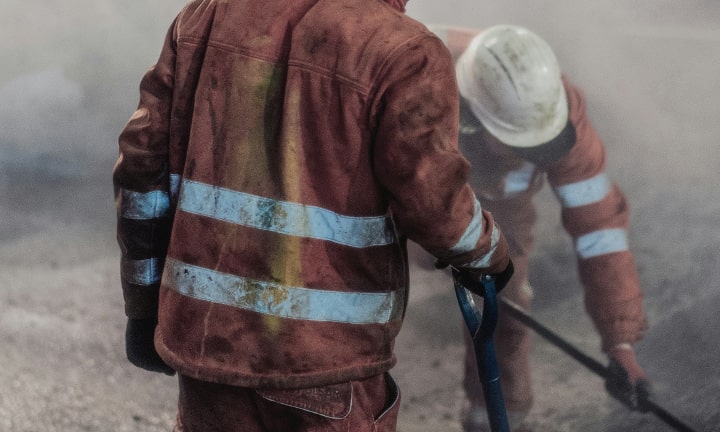
Given these trends, there is a critical demand for materials that can be applied to the attire of road workers or individuals active on roads at night. These materials should efficiently reflect light from vehicle headlights, alerting drivers to their presence and thereby enhancing pedestrian safety. Reflective clothing, hats, bags, and accessories are not only useful for nighttime visibility but also safe, attractive, and stylish.
However, during garment production and processing, the reflective surface can often become contaminated. While this does not significantly affect the material’s reflective value, it does impact the appearance and marketability of the products.
What is Reflective Material Surface Contamination?
Any reflective material that is composed of exposed micro glass beads can be contaminated. Generally, contamination can be classified into two types:
- 1. Contact between the source of contamination and the reflective material surface during processing.
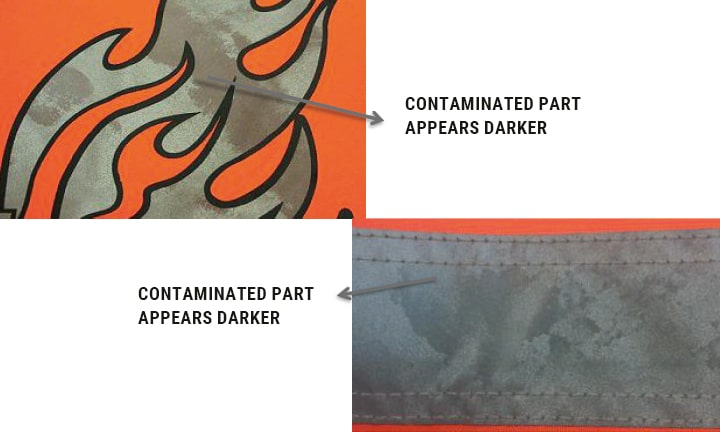
- 2. Prolonged storage of the product under high temperature and high humidity conditions. The contamination discussed in this article does not include marks caused by abrasion, picking, poor bead carrier stripping, dirt, or oils.
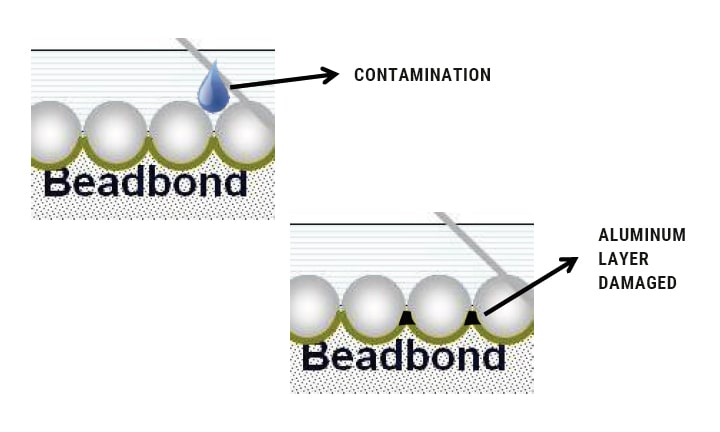
Causes of Surface Contamination on Reflective Materials
Test results show that contamination is due to the corrosion of the aluminum coating between the glass beads. Generally, the reflective performance of the contaminated part is not affected because the aluminum coating on the back of the glass beads is not corroded. Potential sources of contamination include sweat, saltwater, or other corrosive solutions containing chlorides (strong acids or alkalis), sulfur compounds, and other chemical components.
Characteristics of Surface Contamination on Reflective Materials
The contaminated parts won't show immediately after the contamination. It usually shows after some time. Generally, the reflective intensity of the contaminated areas remains unaffected. However, contamination is an irreversible process. In high-contrast settings, such as when silver reflective vinyl is applied to a black base fabric, contamination is more conspicuous. In low-contrast environments, it is less obvious, but this does not mean that contamination has not occurred.
What are the preventive measures to be taken to avoid contamination?
-
1. Use Air Conditioning for Temperature and Humidity Control
Ensure that air conditioning is used in the production and storage environments to control temperature and humidity, preventing direct contact with sweat, sewing machine oil, or other contaminants.
-
2. Workers Should Wear Isolation Equipment
When processing glass bead reflective materials, all workers should wear isolation equipment, such as gloves and arm covers. They can also use a wet towel to wipe off sweat, followed by a dry towel.
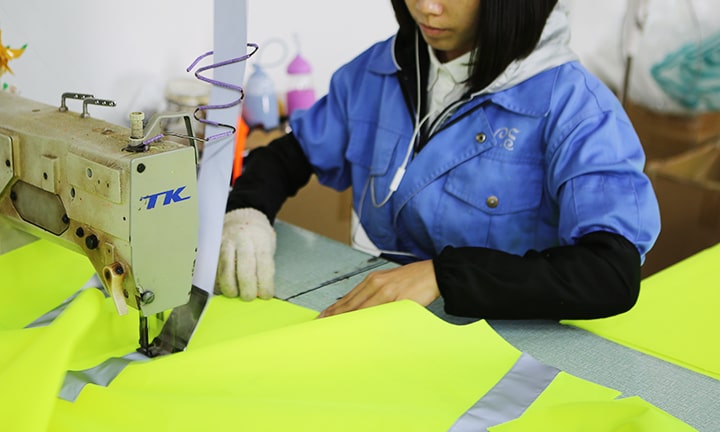
-
3. Leave the paper liner on the product until the final inspection step and Use Packaging Bags
For reflective heat transfer films, it is suggested not to remove the protective liner until the final examination. Ship and store the finished materials in sealed bags with a desiccant.
-
4. Modify and Clean Each Process Step
Note that there are differences in customer processing procedures. Customers need to cooperate to modify and clean each process step, creating a controllable temperature and humidity environment, reasonable isolation measures, and standardized operating procedures.
Remedial Measures
Use direct light to inspect the surface of the reflective material and identify the contaminated areas and the time of contamination. Generally, mild contamination treated within 6-12 hours can be salvaged. Use ethanol (>95%) and gently apply it with a cotton ball on the surface of the reflective material. After it dries, use direct light to inspect the reflective surface again.
In conclusion, reflective materials are essential for enhancing safety in low-light conditions. Despite potential contamination during production, effective preventive measures and careful handling can maintain their integrity. If any issues arise during production, feel free to contact us at [email protected] for solutions and support.
